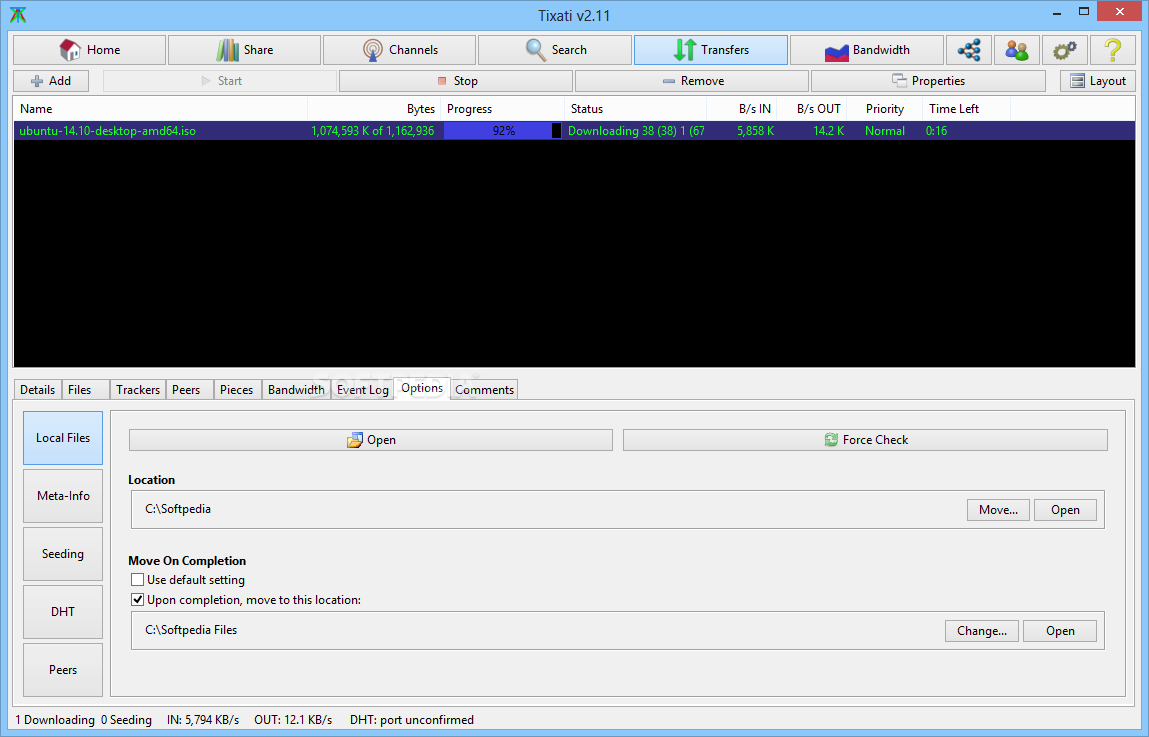

STEP 5: Lastly, create a 'syslinux.cfg' file in the root of your media (/dev/sdX1) and STEP 4: Copy a Linux kernel image (like vmlinuz) to the root (/dev/sdX1) of your media. For the second task, you can use fdisk or other This will write the Syslinux mbr code (mbr.bin) into the master boot record of the drive,Īnd mark first partition as active (bootable). Replacing X with the device node of your usb drive:ĭd conv=notrunc bs=440 count=1 if=mbr.bin of=/dev/sdX Open a command prompt and cd to your 'syslinux/mbr' folder. For that, we need a working MBR code and an active partition. STEP 3: Ensure the usb drive is bootable. Replacing X with the device node of your media. STEP 2: Open a command prompt and cd to your 'syslinux/linux' folder. The usb controller in the device, and this determines usb-key or usb-hdd type. You don't need to know which of these types your media is though, your BIOS recognizes STEP 0: Your motherboard (BIOS) has to support boot from usb (usb-key or usb-hdd). You can also use RMPrepUSB to format your UFD and to install SYSLINUX. STEP 4: Lastly, create a 'syslinux.cfg' file in the root of your media (X:\) andĮnter any configuration options you need/want. STEP 3: Copy a Linux kernel image (like vmlinuz) to the root (X:\) of your media. This will install suitable MBR code into your flash drive and mark the partition on it as active. Run syslinux.exe -m -a X: replacing X with the drive letter of your media. STEP 2: Open a command prompt and cd to your 'syslinux\win32' folder. STEP 1: Download the latest copy of Syslinux and extract it. In case your motherboard does not support booting from usb, the PLoP Boot Manager might be a solution. You don't need to know which of these types your media is though, your BIOS recognizes the usb controller in the device, and this determines usb-key or usb-hdd type. Īppend ro root=/dev/sdc1 initrd=initrd.gz vga=788


 0 kommentar(er)
0 kommentar(er)
